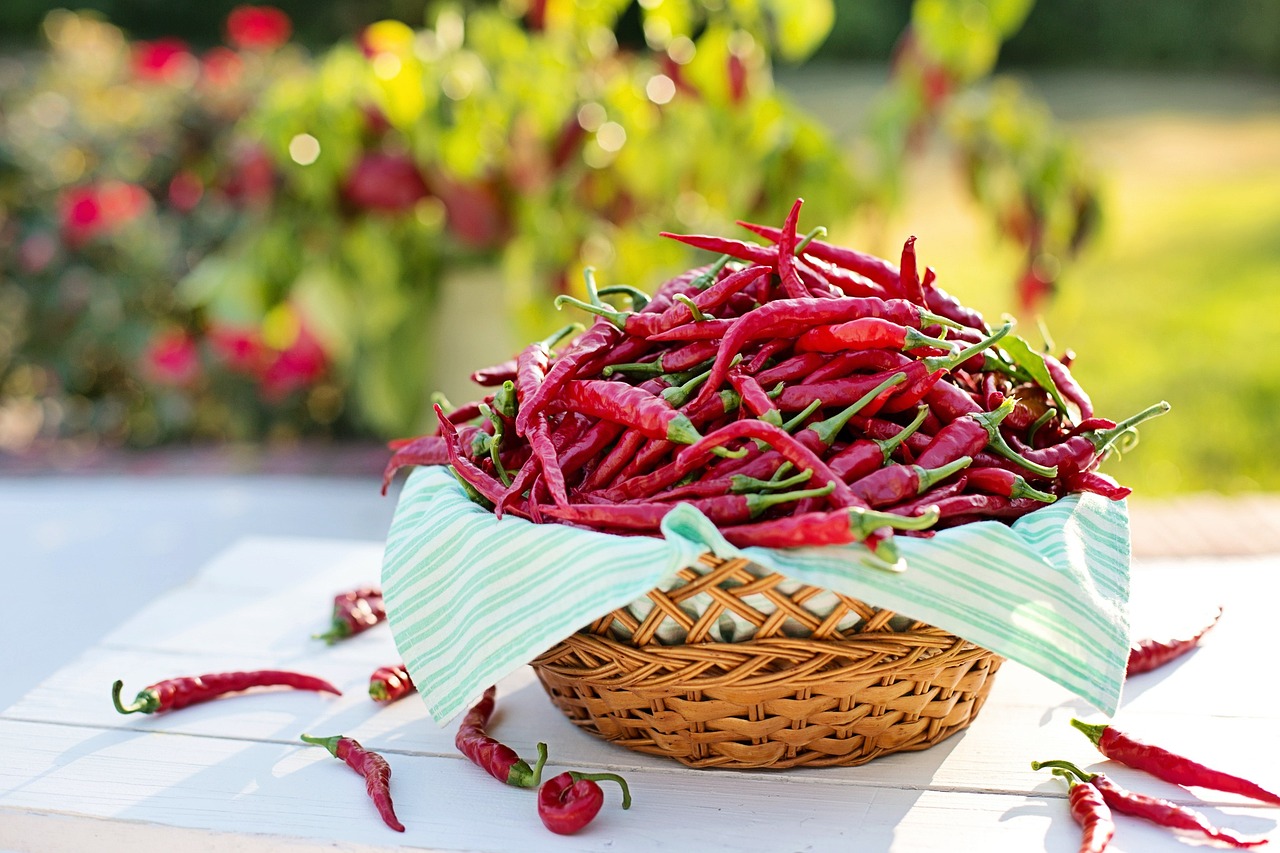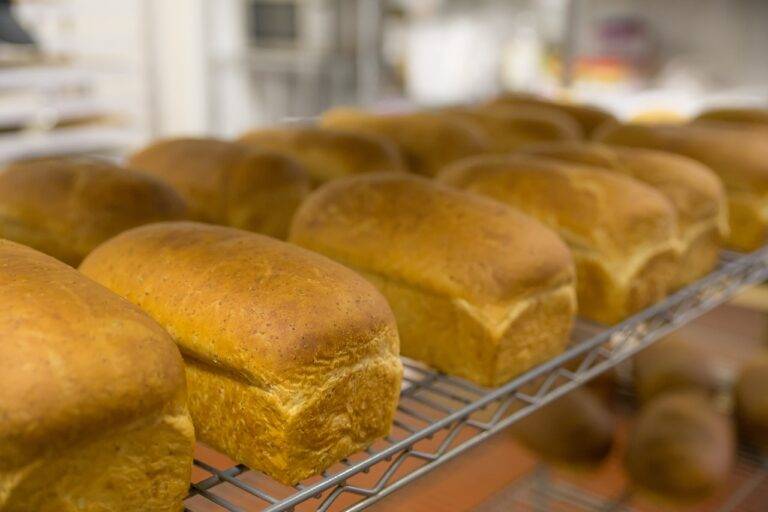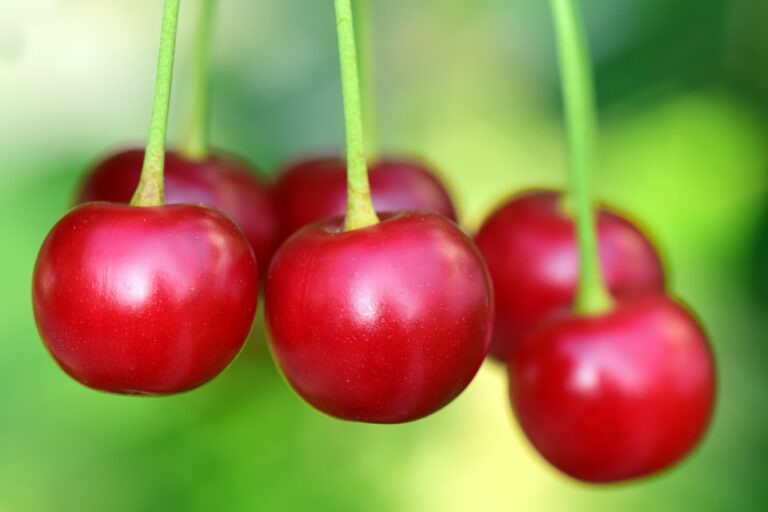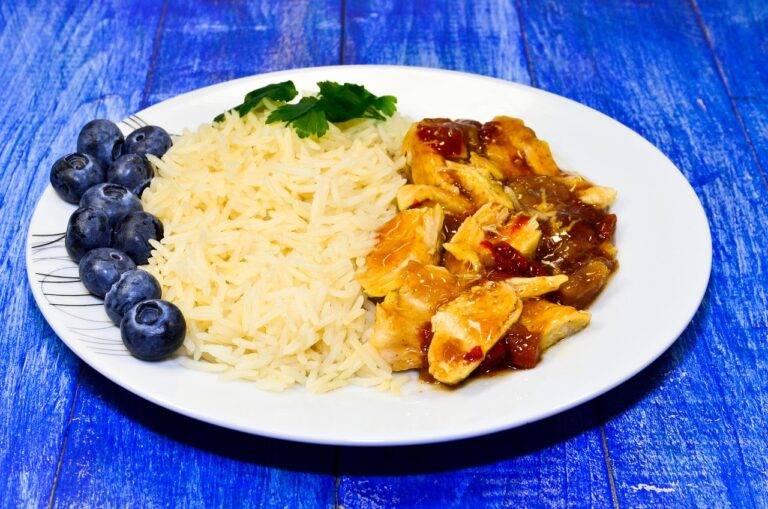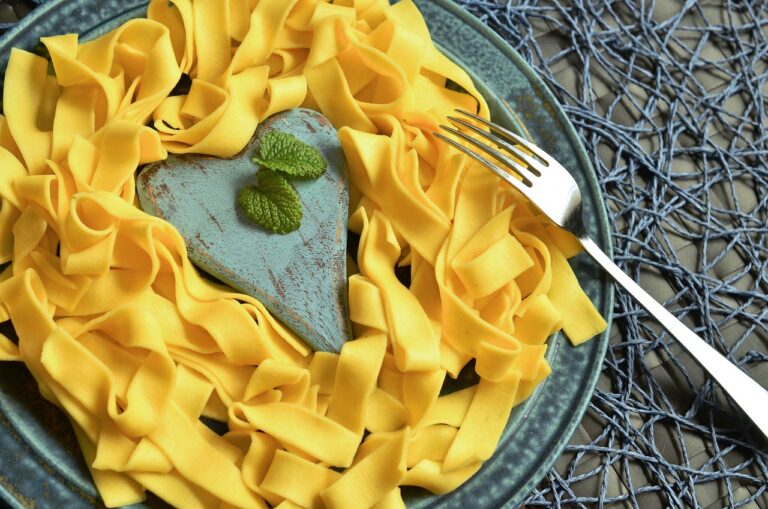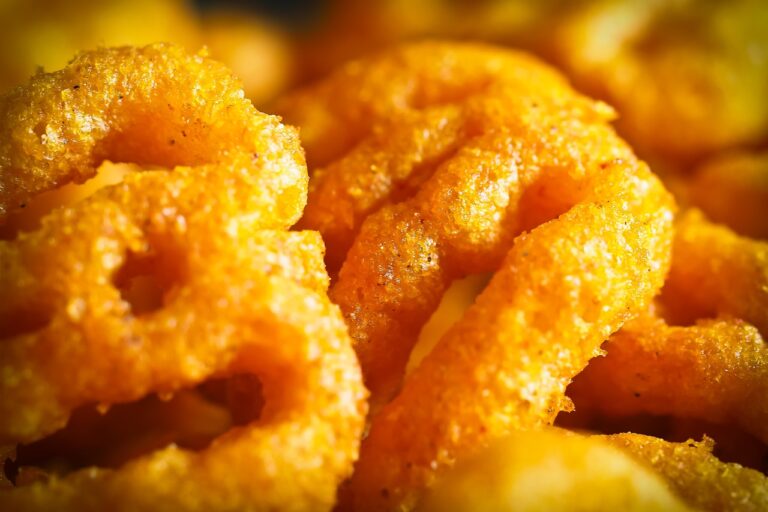Artisanal Food Preservation: Honoring Time-Honored Techniques
Food preservation has been a critical practice for civilizations throughout history. Ancient methods such as drying, smoking, and salting were utilized to extend the shelf life of perishable food items. In addition, fermenting foods and pickling were popular techniques to prevent spoilage and ensure a stable food supply in times of scarcity.
These traditional preservation methods were essential for survival, especially in regions with limited access to fresh produce year-round. By preserving fruits, vegetables, and meats, communities were able to store provisions for harsh winters or long journeys, ensuring they had sustenance during times of hardship. The development of these techniques over centuries has greatly contributed to the diversity and longevity of food cultures worldwide.
Drying, smoking, and salting were ancient methods used for food preservation
Fermenting foods and pickling were popular techniques to prevent spoilage
Traditional preservation methods were essential for survival in regions with limited access to fresh produce
Communities stored provisions for harsh winters or long journeys using these techniques
Understanding the Importance of Preserving Food
Preserving food has been a critical practice for centuries, helping societies to store and ensure a steady food supply throughout the year. Without effective preservation techniques, many communities would struggle to sustain themselves during times of scarcity or unpredictability. The importance of food preservation extends beyond simple sustenance; it also plays a crucial role in cultural traditions and economic stability.
By preserving food, communities can reduce food waste, save money, and increase food security. In today’s globalized world, where food is transported across vast distances, the ability to preserve food allows for a wider variety of choices and access to seasonal produce year-round. Embracing traditional methods of food preservation can also contribute to sustainability efforts by reducing the reliance on energy-intensive modern techniques.
Traditional Methods of Food Preservation
Drying is one of the oldest methods utilized by various cultures worldwide to preserve food. From sun-drying fruits to hanging herbs, this process significantly reduces moisture content, preventing the growth of bacteria and fungi on the food surface. Furthermore, dehydration helps in concentrating flavors, making the preserved items more flavorful and shelf-stable for an extended period.
Another common traditional method is pickling, which involves submerging food items in a solution usually consisting of vinegar, salt, and spices. Pickling not only enhances the taste of the food but also creates an acidic environment that inhibits the growth of pathogens. By fermenting vegetables, fruits, and even certain meats, individuals can enjoy preserved foods that are not only delicious but also rich in probiotics and beneficial bacteria.
What are some traditional methods of food preservation?
Some traditional methods of food preservation include drying, smoking, salting, pickling, fermenting, and canning.
Why were traditional methods of food preservation important in the past?
Traditional methods of food preservation were important in the past because they allowed people to store food for longer periods of time, especially before the invention of modern refrigeration techniques.
How do traditional methods of food preservation differ from modern methods?
Traditional methods of food preservation typically rely on natural processes like drying, salting, or fermenting, whereas modern methods often involve the use of chemicals or high-tech equipment to preserve food.
Are traditional methods of food preservation still used today?
Yes, traditional methods of food preservation are still used today, both for cultural reasons and because some people prefer the taste and texture of traditionally preserved foods.

